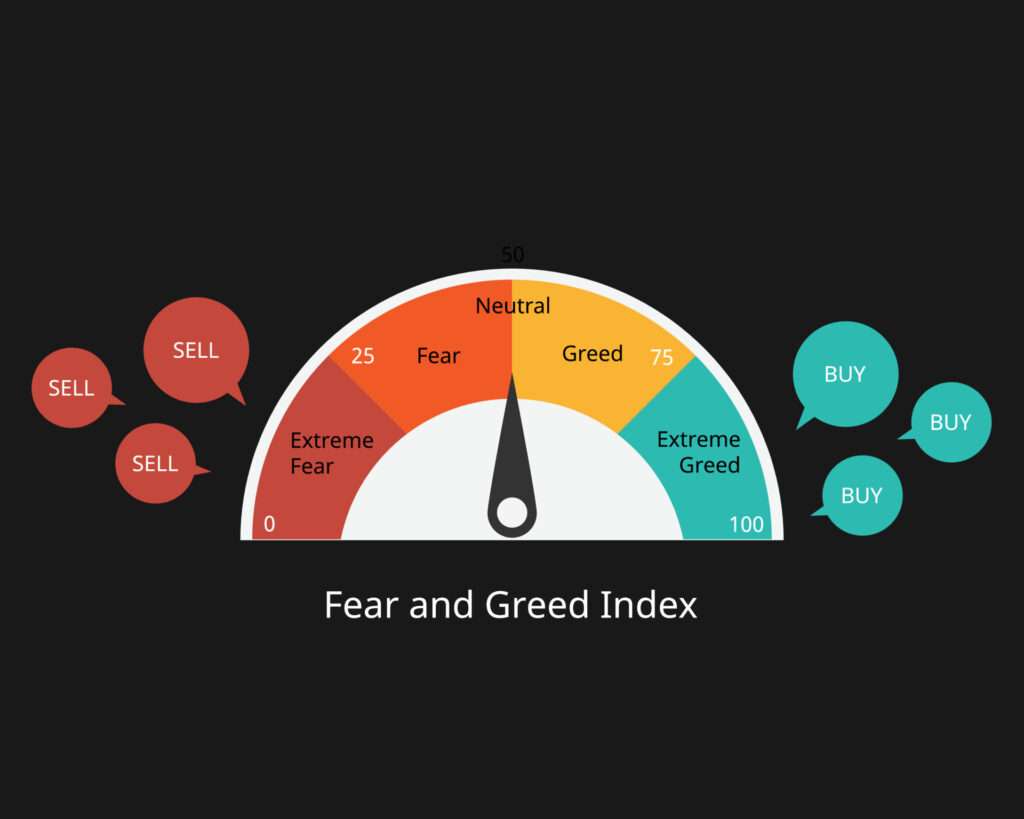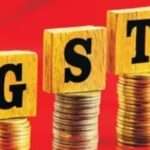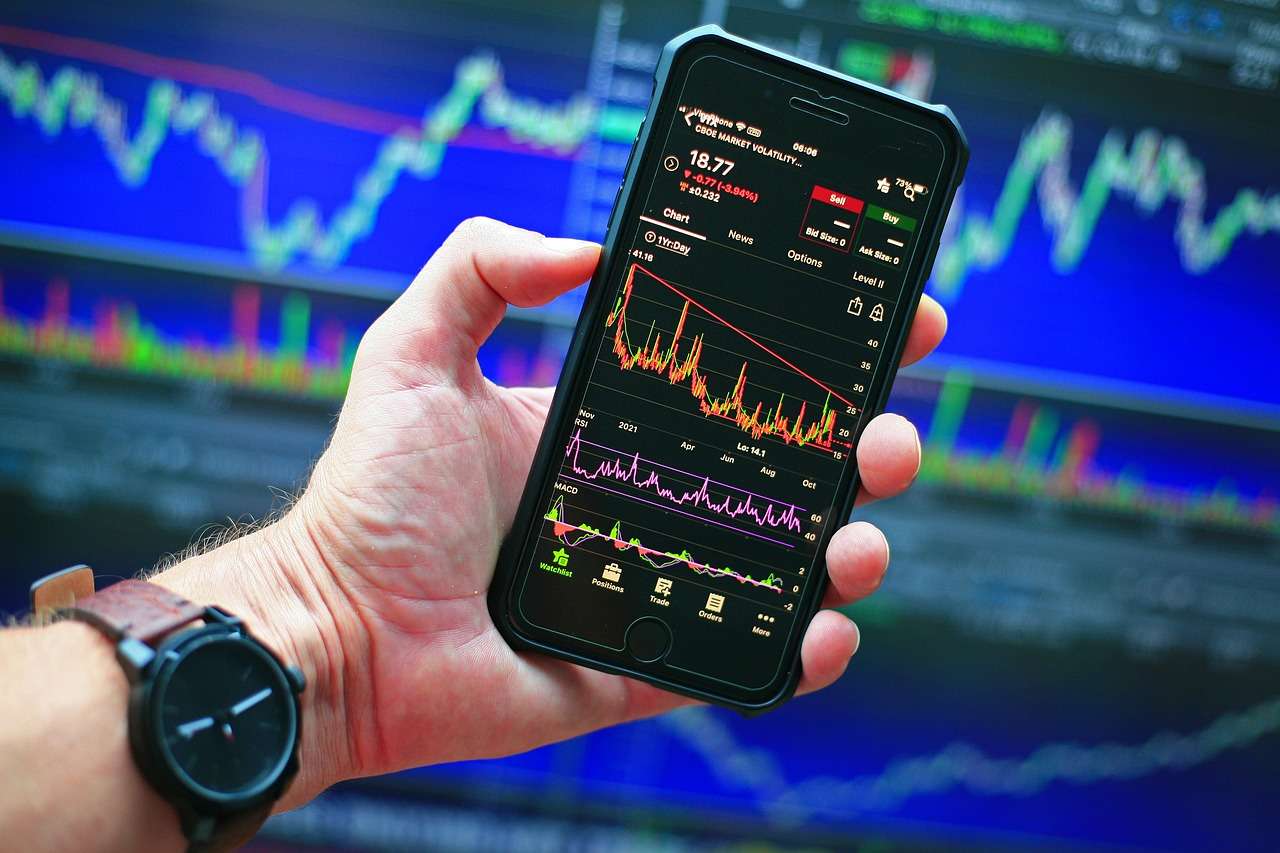Table of Contents
| Section | Main Heading | Subheadings |
|---|---|---|
| 1 | Introduction | Relevance of Sensex and Nifty, Role of Fear and Greed Index |
| 2 | What Are Sensex and Nifty? | Definitions, Importance in Indian Stock Market |
| 3 | Understanding the Fear and Greed Index | What It Measures, How It Reflects Investor Sentiment |
| 4 | Impact of Fear and Greed on Market Movements | Fear and Greed’s Role in Market Volatility, Case Study of Recent Market Downturns |
| 5 | Geopolitical and Economic Factors Affecting the Market | Election-Related Uncertainty, Global Economic Indicators |
| 6 | Sectoral Indices Analysis | Performance of Key Sectors, Which Sectors Were Hit the Hardest |
| 7 | Top Gainers and Losers | Analyzing Gainers, Analyzing Losers |
| 8 | Market Capitalization Decline | How Market Cap Erosion Affects Investors, Case Study of Recent Trends |
| 9 | Mid and Small-Cap Segments’ Performance | Why Mid and Small-Cap Segments Were Affected, Historical Performance of Mid and Small-Caps |
| 10 | Expert Insights | Market Analysts’ Opinions, Predictions and Advice |
| 11 | The Role of Political Uncertainty in Stock Market Performance | Election Cycles and Stock Market, The Impact of Political Decisions |
| 12 | Global Trends Shaping Indian Stock Market | The Influence of US Bond Yields, Geopolitical Tensions, Global Trade Dynamics |
| 13 | Future Outlook for the Market | Possible Scenarios Post-Elections, Global Factors That Could Shape the Future Market Performance |
| 14 | The Importance of Investor Sentiment | How Investor Sentiment Drives Volatility, Fear and Greed’s Effect on Investment Decisions |
| 15 | Expert Advice for Navigating Volatile Markets | Risk Management Strategies, Diversification, Staying Updated |
| 16 | Conclusion | Summary of Key Points, Final Thoughts on Future Market Directions |
| 17 | FAQs | Common Questions on Sensex, Nifty, and the Fear and Greed Index |

1. Introduction
The Indian stock market has been going through a turbulent phase, with key indices like the Sensex and Nifty 50 experiencing significant losses over the past five trading sessions. This decline has left many investors concerned about the future of the market. One key indicator that can help investors understand market sentiment is the Fear and Greed Index. This index, which reflects the balance of fear and greed among investors, can provide valuable insights into market movements.
This article will explore how the Fear and Greed Index affects the Sensex and Nifty 50, as well as the broader market dynamics influenced by economic and geopolitical factors.
2. What Are Sensex and Nifty?
The Sensex and Nifty 50 are the two main stock market indices in India.
- Sensex: The benchmark index of the Bombay Stock Exchange (BSE), tracking the performance of 30 large companies.
- Nifty 50: The benchmark index of the National Stock Exchange (NSE), representing 50 of the largest Indian companies.
These indices serve as barometers of the overall market sentiment and economic health of India.
3. Understanding the Fear and Greed Index
The Fear and Greed Index measures market sentiment on a scale of 0 (extreme fear) to 100 (extreme greed). It combines several indicators, including:
- Market volatility
- Demand for safe-haven assets
- Market breadth
This index provides insight into the dominant sentiment driving the market at any given time, making it a useful tool for understanding market cycles.
4. Impact of Fear and Greed on Market Movements
When fear dominates the market, investors tend to sell off risky assets, leading to declines in indices like the Sensex and Nifty 50. Conversely, when greed takes over, investors rush to buy stocks, pushing prices higher.
Case Study: Recent Market Downturns
During the recent five-session decline, a combination of global and domestic factors amplified fear among investors, leading to a substantial loss in market value.
5. Geopolitical and Economic Factors Affecting the Market
Election-Related Uncertainty
The ongoing Lok Sabha elections have played a significant role in shaping market sentiment. Investors are wary of political uncertainty and its potential impact on policy decisions, leading to increased market volatility.
Global Economic Indicators
Weak global economic signals, such as rising US bond yields and geopolitical tensions, have also contributed to the recent downturn in the Indian stock market.
6. Sectoral Indices Analysis
During the recent decline, several sectoral indices saw heavy losses. For example:
- Nifty Metal: Down by 3.01%
- Nifty IT: Down by 2.19%
Some sectors managed to perform slightly better, like Nifty Media, which was up 0.48%.
7. Top Gainers and Losers
Top Gainers in Nifty 50
- ICICI Bank: Up by 1.45%
- Axis Bank: Up by 1.06%
Top Losers in Nifty 50
- Tata Steel: Down by 5.19%
- Tech Mahindra: Down by 3.16%
These stocks’ performance highlights the volatility across sectors.
8. Market Capitalization Decline
The overall market capitalization of BSE-listed firms fell from ₹415.1 lakh crore to ₹410.7 lakh crore, with investors losing approximately ₹4.4 lakh crore in a single session.
9. Mid and Small-Cap Segments’ Performance
The BSE Midcap and Smallcap indices fell by 1.21% and 1.33%, respectively. Historically, these segments tend to experience more volatility due to lower liquidity and higher perceived risk.
10. Expert Insights
Experts suggest that the market’s downturn reflects both domestic political concerns and global economic factors.
Avinash Gorakshkar, Head of Research at Profitmart Securities, commented:
“The market remains cautious ahead of the Lok Sabha election results. Investors are uncertain about the type of government that will emerge, which is adding to the selling pressure.”
11. The Role of Political Uncertainty in Stock Market Performance
Election cycles often bring volatility to the market. Investors typically respond to policy uncertainty with caution, waiting for clear outcomes before making major decisions.
12. Global Trends Shaping Indian Stock Market
The global economic landscape, particularly the rising US bond yields and tensions in key geopolitical areas, will continue to affect the performance of the Indian stock market in the near future.
13. Future Outlook for the Market
Post-election results on June 4 will likely play a pivotal role in determining the market’s direction. A strong majority could stabilize market sentiment, while a fragmented result may prolong volatility.
14. The Importance of Investor Sentiment
Investor sentiment, driven by fear or greed, plays a crucial role in market fluctuations. Understanding how these emotions impact decision-making can help investors navigate volatile markets more effectively.
15. Expert Advice for Navigating Volatile Markets
Experts recommend diversifying portfolios and staying informed about global and domestic developments. Implementing risk management strategies can also help mitigate losses during uncertain times.
16. Conclusion
The Indian stock market is currently being shaped by a combination of domestic political uncertainty and global economic trends. As the Sensex and Nifty 50 continue to fluctuate, understanding the Fear and Greed Index can offer valuable insights into investor sentiment and market trends.
17. FAQs
What are Sensex and Nifty 50?
Sensex and Nifty 50 are the two main stock market indices in India that track the performance of large companies on the BSE and NSE, respectively.
What does the Fear and Greed Index measure?
The Fear and Greed Index measures the level of fear or greed in the market, providing insight into investor sentiment.
How does election uncertainty affect the stock market?
Political uncertainty, especially during elections, increases market volatility as investors are unsure about future policy directions. exercise caution in their investment decisions during these turbulent times.
Open Your Demat Account with Discount Brokers:
ZERODHA 1) : https://zerodha.com/open-account?c=EJ4366
Angelone 2) : https://tinyurl.com/2gloc3g6 or
Upstox3): https://link.upstox.com/9w4tNo1rK8au7VK47









